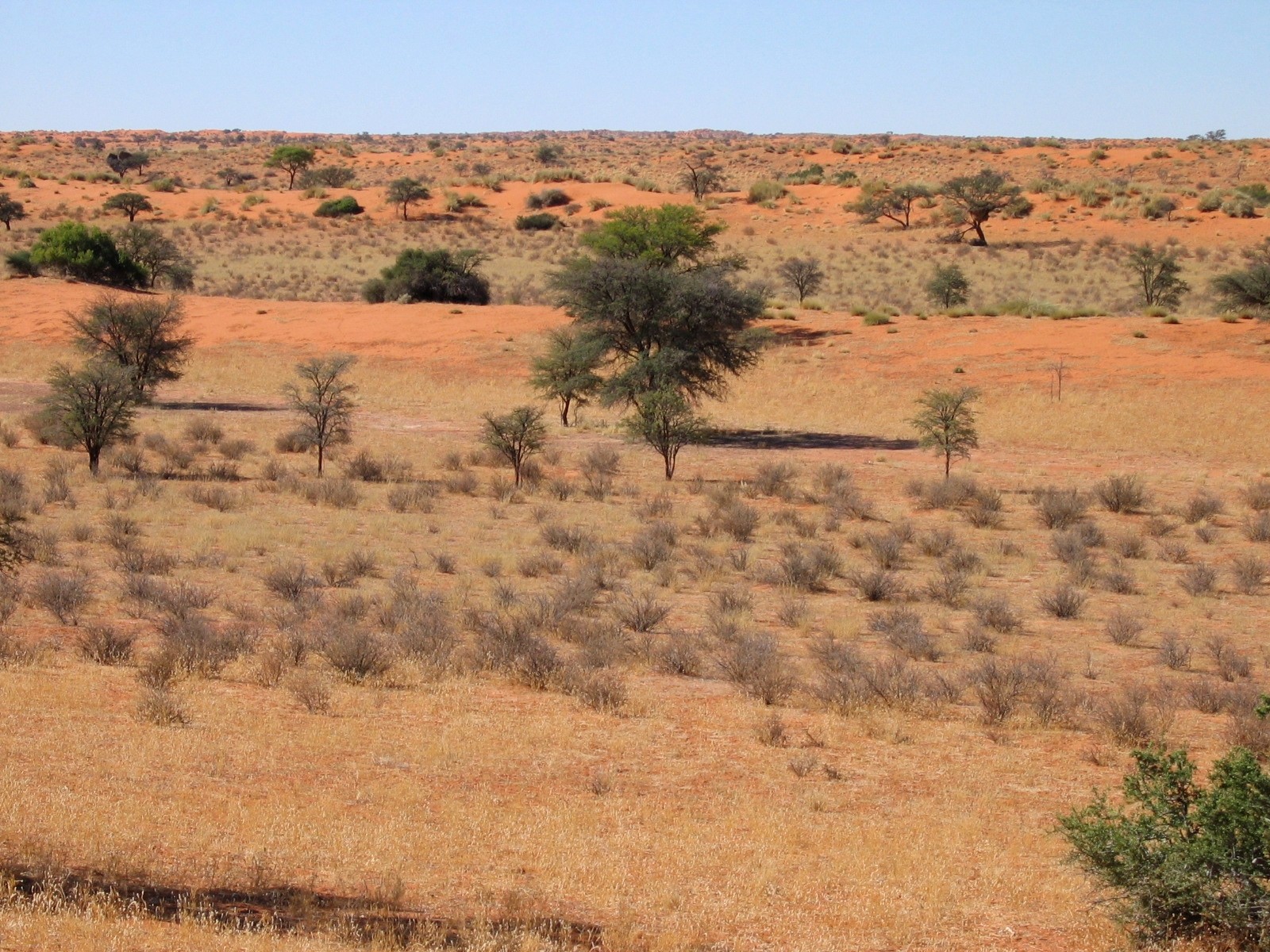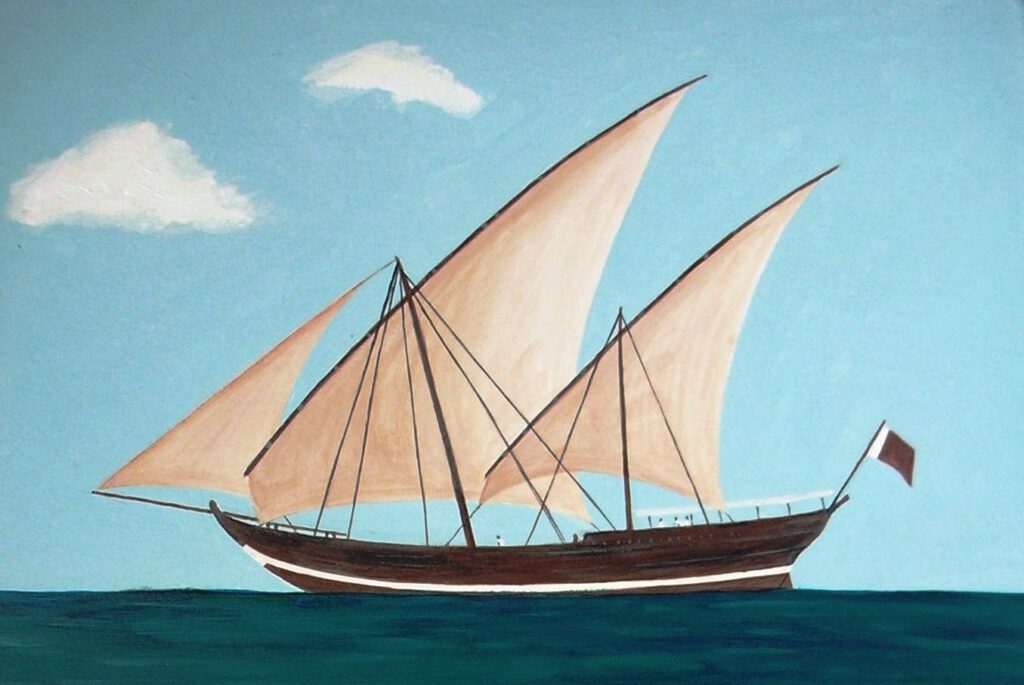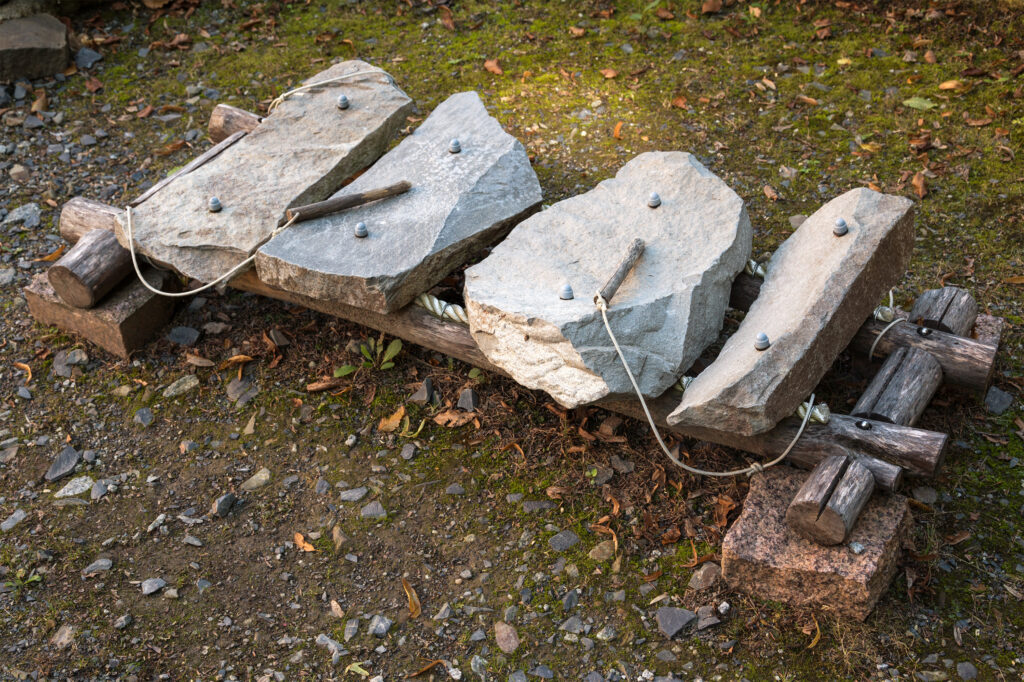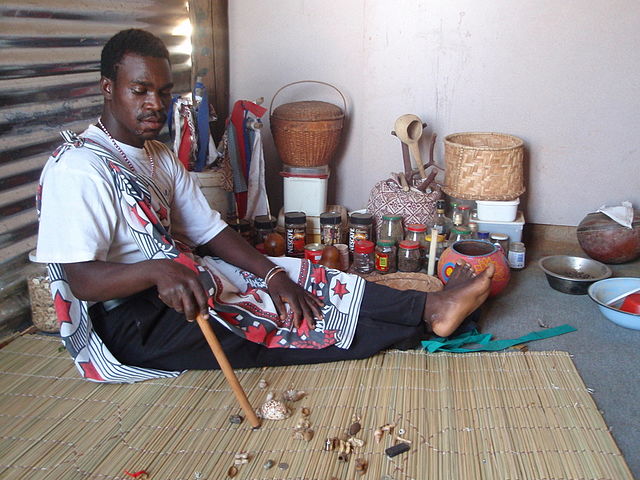From earliest times, water sources and wells have been the scene of rare encounter, of betrothal and alliance, of secrets, struggles and dreams, yes, and of slaking thirst for mortal and beast, nowhere more earnestly than in the arid interiors of the planet’s landmasses. When desert winds drive storms of dust and sand, when the heavens turn to brass and hunger stalks the living, it is the well that offers a last resort, a redoubt from extinction. Who owns that well holds the key to tomorrow.
At the southeastern edge of the Kalahari desert lies Molepolole, one of the largest traditional villages on earth, home of the Bakwena, the ‘crocodile people’. More than 70,000 residents cluster there in traditional, many still-thatched, homesteads. My family and I were invited once to have tea with one of the revered figures of the village, the late Dr. Alfred Merriweather, who had given lifetime service in the local hospital. A majority of adults in that village impossibly laid claim to have been delivered by this healer of magic name who received for his labors from Queen Elizabeth II the ‘Commander of the Most Excellent Order of the British Empire’ (CBE). Which means he and his wife Mary served a most creditable afternoon cuppa.

photo credit: wikimedia.commons
When the elegant tea and biscuits were over, we walked his garden, and the hospital grounds which included a rare artifact of an earlier era: a prefab house produced in Liverpool, shipped to Capetown and dragged 900 miles, partly by ox cart, into the interior. Its occupants over the decades must surely have wished under the desert sun for a simple – and cool – thatched rondavel like their neighbors.
But the most memorable stop came when we stepped outside the hospital gates to a nondescript corner beside a gravel track. The good doctor removed several concrete blocks from corrugated roofing sheets on the ground which when shifted revealed a ragged, gaping hole. It was a century-old well. Modern amenities had long ago brought piped water to the village. The old well was a nearly forgotten relic of the past. But at its beginnings, it had meant life itself to the Crocodile People.
Our wonder deepened when the doctor motioned us to stand at the well’s lip. The shaft dropped away endlessly. Once in a great while concentration would catch a slight glint from the depths far below. Drop a pebble into the darkness and after an impossibly long silence, you hear the faintest splash. Weak kneed with the sensation, we listened to his account of those who drove this shaft into the earth’s interior, who were lowered hundreds of feet into the darkness by ropes to toil with crude iron tools, sometimes disabled by cave-ins, sometimes through solid rock, without any assurance that their exertions would lead to a fruitful end.
Our visit ended, we took leave of the good doctor and tiptoed away, hushed at the power of this wayside wonder, and the magnificence of those who fought through rock to open … a well.



What we so easily take for granted.
Mbote, Tom! Yes, living in the desert reframes many details of every day life. Mary Kay and I find such relief when it rains now – an echo of how earnestly we longed for it in the Kalahari. The pool of shade from a great old tree always seems like such a gift. And a well – now there you have a treasure beyond telling. JPL
To invest that much time and energy to dig a deep well requires faith. I wonder who picked the spot to dig? Did they use a bent piece of copper, a branch or just pure luck? Lara Lesang Fisher, my daughter, was born in that Scottish Livingstone Hospital in 1975. We didn’t go there for the water. We followed the star of Gudrun McArthur, midwife extraordinaire.
Hi, Larry – one can only speculate that there must have been some notion of guidance from the Beyond to see through such a venture. Unsupported human determination would surely have collapsed along the way. As your personal account of Lara’s birth suggests, the figure of the well begins to echo the qualities of certain persons – like Gudrun! – who have a life-giving trait. We could all aspire to such depth, to be the occasion of such refreshment, humble though the exterior be. Jonathan
You have heard it be4, no doubt: been there, done that but a little farth
Sent from my iPad
>
Sorry about the earlier response, it got out of the barn be4 I was ready. The kalahari is/was familiar because of a few connection s in maun and the diamond mine in ??? West of Francistown. I remember that road when a lengthy stretch of road was being repaired and tank trucks with water were trundling along at about 5mph allowing strategically dripping spigots to soften the rock hard road surface, and death defying cattle walked along side the sprinkler trying – with some success – to latch on to tongue-full of water before the life saving liquid vanished in the cracks beneath. All of 8 years of the 10 we were there were drought and water rationed at least to some extent. A lesson?? What might one tell the “Have not’s” of the world?
Sent from my iPad
>
Well, Harry, here’s an ‘insider’ response. Given the depth of the drought you remind us of, I recall a conservation sign in your washroom, “In this land of sun and fun, we don’t flush for …”
We shared many of those parched years – and came away wondering if we were somehow the cause of such slow-motion calamity! It seemed like the rain fell whenever we left! JPL
Great. Thanks Jonathan. Greg Hartman